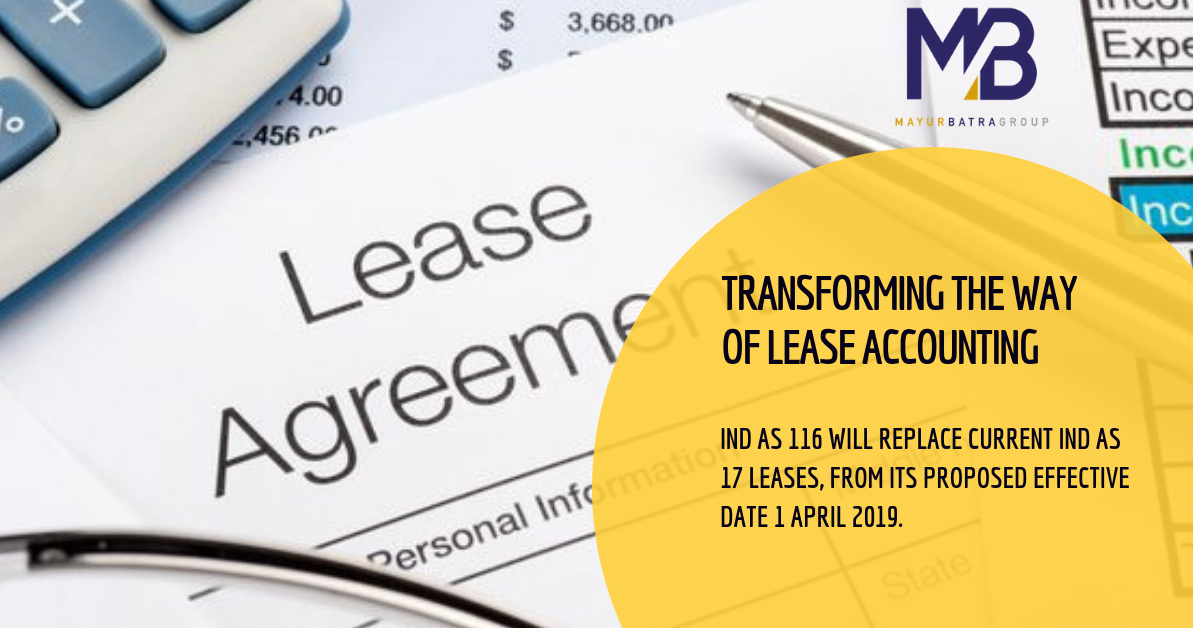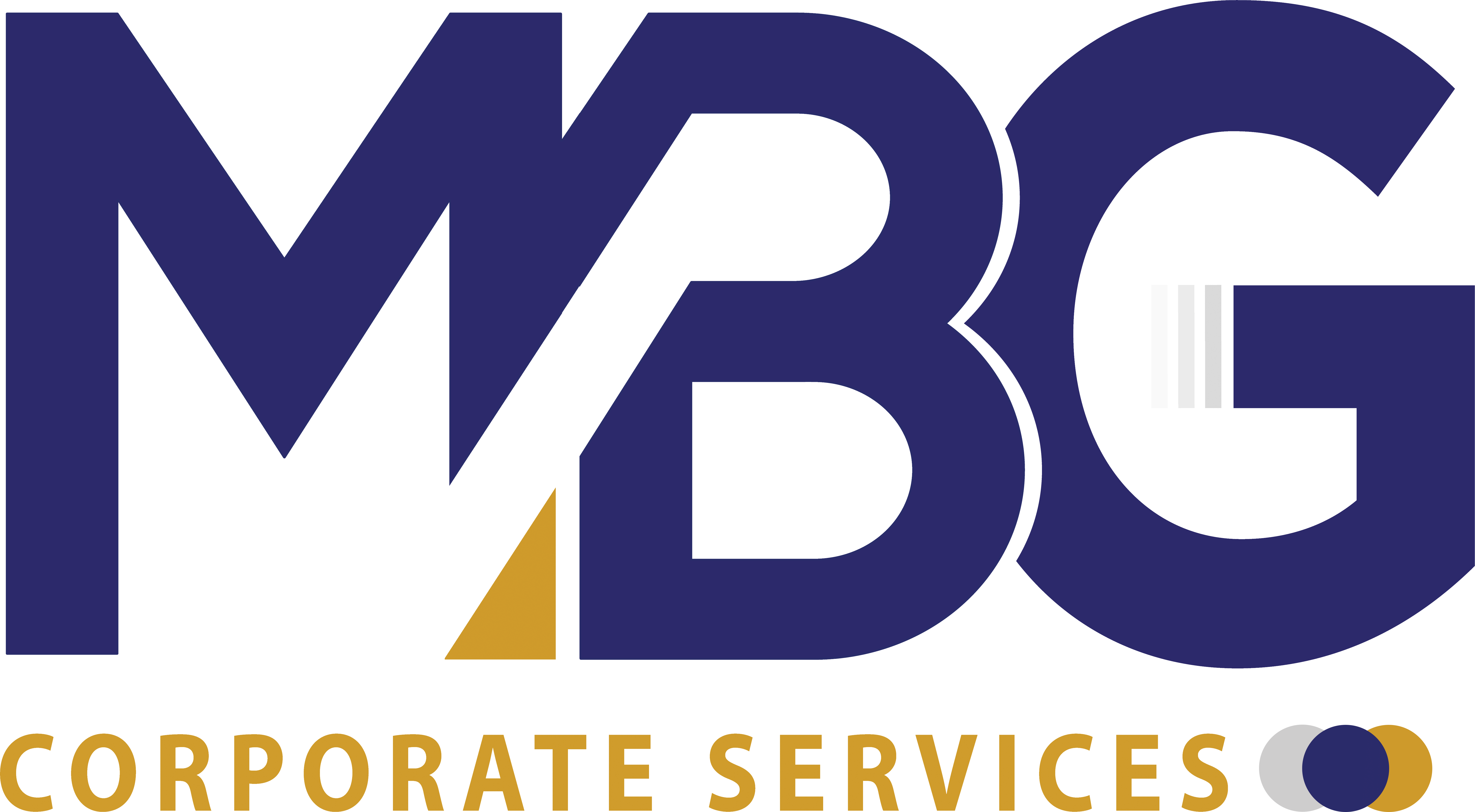Transforming the way of Lease accounting – Ind AS-116: Leases

Introduction & Objective

- Ind AS 116 will replace current Ind AS 17 Leases, from its proposed effective date 1 April 2019.
- This Standard sets out the principles for the recognition, measurement, presentation, and disclosure of leases. The objective is to ensure that lessees and lessors provide relevant information in a manner that faithfully represents those transactions. This information gives a basis for users of financial statements to assess the effect that leases have on the financial position, financial performance and cash flows of an entity.
- An entity shall consider the terms and conditions of contracts and all relevant facts and circumstances when applying this Standard. An entity shall apply this Standard consistently to contracts with similar characteristics and in similar circumstances.
- Leases to explore for or use minerals, oil, natural gas, and similar non-regenerative resources;
- Leases of biological assets within the scope of Ind AS 41, Agriculture, held by a lessee
- Service concession arrangements within the scope of Appendix D, Service Concession Arrangements, of Ind AS 115, Revenue from Contracts with Customer
- Licenses of intellectual property granted by a lessor within the scope of Ind AS 115, Revenue from Contracts with Customers
- Rights held by a lessee under licensing agreements within the scope of Ind AS 38, Intangible Assets, for such items as motion picture films, video recordings, plays, manuscripts, patents and copyrights
- The right to obtain substantially all the economic benefits from the use of an identified asset, for example, benefit by using, holding or sub-leasing the asset, and
- The right to direct the use of identified asset i.e. right to direct how and for what purpose the asset is used or right to operate the asset
- Initial recognition & Measurement-
- Lessees are required to initially recognize a lease liability for the obligation to make lease payments and a right-to-use asset for the right to use the underlying asset for the lease term
- The lease liability is measured at the present value of the lease payments to be made over the lease term
- The right-to-use asset is initially measured at the amount of the lease liability and adjusted for lease prepayments, lease incentives received, the lessee’s initial direct costs and an estimate of the restoration, removal and dismantling cost
- Subsequent Measurement-
- Lessees accrete lease liability to reflect interest and reduce the liability to reflect lease payments made
- The related right-to-use asset is depreciated in accordance with Ind AS 16 Property, Plant and Equipment
- For lessees that depreciate the right-to-use asset on a straight-line basis, the total of interest expense on lease liability and depreciation generally results in higher total periodic expense in the initial periods of a lease
- Presentation-
- Right-to-use assets are either presented separately from other assets on the balance sheet or disclosed separately in the notes
- Depreciation expense and interest expense cannot be combined in the statement of profit and loss
- A lessor shall classify each of its leases as either an operating lease or a finance lease
- A lease is classified as a finance lease if it transfers substantially all the risks and rewards incidental to ownership of an underlying asset. A lease is classified as an operating lease if it does not transfer substantially all the risks and rewards incidental to ownership of an underlying asset.
- For operating leases, lessors continue to recognize the underlying asset.
- For finance leases, lessors derecognize the underlying asset and recognize a net investment in the lease
- Any selling profit or loss is recognized at lease commencement
- Full retrospective approach: The entity can apply the requirements of Ind AS 116 retrospectively and accordingly entity shall do the following:
- The lease liability is recognized on the lease commencement date using the interest rate implicit in the lease. If that rate cannot be readily determined, the incremental borrowing rate is used for discounting
- Comparative periods are restated as if Ind AS 116 is applied from the commencement of the lease, as such entities will present a third balance sheet as at the beginning of the preceding period in addition to the minimum comparative financial statements
- The provisions of Ind AS 8 “Accounting policies, changes in accounting estimates and errors” are applied. Accordingly, the third statement of financial position as at the beginning of the preceding period is presented, in addition to the minimum comparative financial statements
- Modified Retrospective Approach: Under this approach, the entity shall do the following:
- The lease liability is recognized at the date of initial application. The lease liability is measured at the present value of the remaining lease payments discounted using lease incremental borrowing rate at the date of initial application
- Under the option given in para C8(b)(i), the right-of-use asset is measured as if the Standard had been applied since the commencement date, but discounted using incremental borrowing rate at the date of initial application. Difference between right-of-use asset and lease liability is recognized in the opening retained earnings on initial application
- Under the option given in para C8(b)(ii), the right-of-use asset is measured at an amount equal to the lease liability, adjusted by the amount of any prepaid or accrued lease payments relating to that lease recognized in the balance sheet immediately before the date of initial application
- Airlines Sector:
- Most airline companies finance aircrafts through off-balance sheet lease models, as a common practice in the aviation industry. In addition, other assets such as check-in kiosks, boarding gates, which are taken on lease from respective airport owners, are also classified as operating leases.
- The changes under Ind AS 116 will bring all these arrangements on the balance sheet of airline companies, having a significant increase in lease assets and liabilities on day 1.
- Healthcare and pharmaceutical sector:
- Hospitals enter into arrangements for leasing medical device equipment, many of which are currently accounted for as operating leases. These assets, if falling under the definition of an identified asset, will have to be accounted for on-balance sheet.
- Transport and logistics sector:
- Arrangements in the transportation and logistics sector usually contain multiple components typically termed as a “wet leases“. Under the new guidance, arrangements are required to be allocated between lease and non-lease components. Segregation of arrangement may have a significant impact on accounting under new guidance, depending upon the value of the lease and non-lease components.
- Information technology sector:
- Leasing has long been an attractive option in IT and IT-enabled services sector. Real estate leases are common in the IT sector for setting up development and delivery centers, along with leases of IT equipment and services.
- The arrangements for “co-location” hosting and even some “cloud” services usually contain multiple elements of hardware support along with personal assistance. Under the new standard, these will now need to be evaluated and accordingly allocated.


